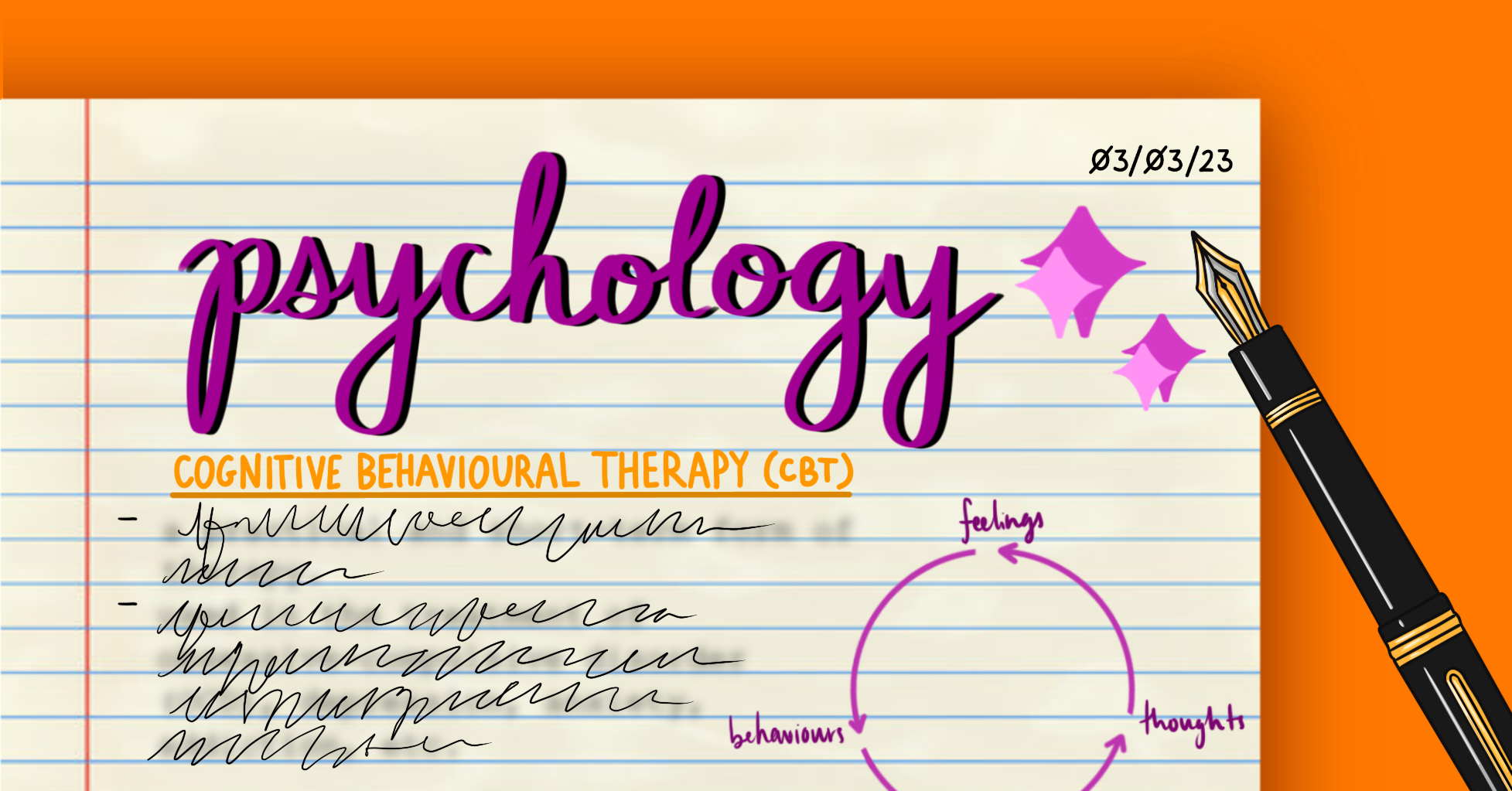Why I aestheticize my study notes
Social media can laugh all it wants—I’m keeping my Crayola markers.
The last time midterm season rolled around, my study space looked more like a kindergartener’s art station than the desk of a university student. Two hours deep into a political science review session, my laptop was buried somewhere under stacks of white paper, coloured markers, and a very scratched-up ruler. As I traced out the words “economic sanctions” in a swirly purple font, I became acutely aware that my entire situation was, in fact, slightly ridiculous.
Regardless of your social media platform of choice, you’ve probably seen dozens of videos mocking this very activity. I highly doubt that Robert Jervis or John Mearsheimer wrote any of their landmark papers in coloured Sharpie—and while I’m sure Joe Biden signs off on government documents with a very nice pen, he probably doesn’t take the time to decorate the margins. The weighty topic of international relations was hardly dignified by my juvenile representation of its content.
Nevertheless, I not only finished that review sheet, but proceeded to produce three more just like it. Embracing a practice that people dismiss as frivolous felt oddly liberating, and my inner feminist cherished the thought of rebelling against norms largely created by and reinforced in male-dominated spheres. Of course, I also just needed a way to memorize the nine problems with economic sanctions. But perhaps therein lies the point: sometimes, deviating from the standard can actually lead to more effective ways of accomplishing your goals.
I love typing out my lecture notes as much as the next student, but the linear organization of a Google Doc just isn’t conducive to memorizing large amounts of information. I need space to map out my thoughts, draw connections, and create salient visual cues to help me recall these relationships later. And while individual note-taking styles vary like fingerprints, studies show that creative personalizations can improve memory through the encoding of spatial details. The tactile experience of writing on paper and the minute variations of handwritten characters are also thought to contribute to this effect. Far from being frivolous, giving your notes an artistic touch can turn into a productive study strategy.
Of course, you could handwrite your notes and colour-code your diagrams without paying any particular attention to their aesthetic value. You would probably reap similar cognitive benefits, and maybe even save a small amount of time. But in the relentless momentum of the semester, why not use studying as an outlet for your creativity? Academia is difficult, but it doesn’t have to be joyless. I promise you can have some fun with your studies and still be a serious and intelligent scholar where it counts.
So go ahead, write the words “nuclear proliferation” in big cursive letters. Add glitter to your linear algebra notes and doodle beside your criminology cases. Revel in the beautiful dissonance of it all, because social norms are arbitrary and joy is the only thing that matters. And, of course, those upcoming exams—but aestheticizing your study notes might just help you do better on those too.

